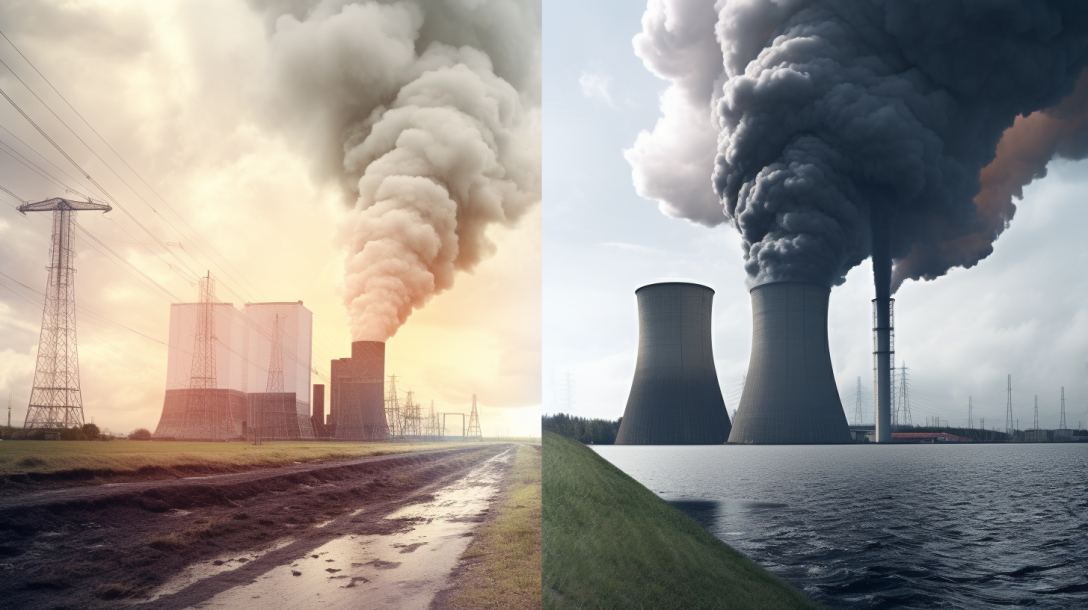The Role of Nuclear Energy in the Transition from Fossil Fuels to Renewables

Introduction
In the face of escalating climate change concerns, the global energy landscape is undergoing a significant transformation. The transition from fossil fuels to renewable energy sources is not just an environmental imperative but also a strategic economic shift. Amidst this transition, nuclear energy emerges as a pivotal player. This blog post delves into the role of nuclear energy in this transition, the challenges it presents, and the strategies required for a successful shift.
The Current Energy Landscape
As of 2020, fossil fuels, including coal, natural gas, and oil, accounted for 83% of the total global energy consumption. Renewable sources, primarily hydro, wind, and solar, contributed 12.6%, while nuclear energy made up 6.3%. The environmental impact of fossil fuel consumption has been profound, leading to increased greenhouse gas emissions and contributing significantly to global climate change.
The Need for Transition
The cumulative effect of greenhouse gas emissions is the most pressing sustainability challenge facing humanity today. The Paris Agreement, a global commitment aimed at reducing greenhouse gas emissions and limiting the rise in global average temperature to 1.5°C above the preindustrial level, underscores the urgency of this transition.
The Role of Nuclear Energy
Nuclear energy, with its low carbon emissions, can play a crucial role in this transition. It provides a consistent power supply, unlike some renewable sources that depend on weather conditions. Furthermore, advancements in nuclear technology, such as nuclear fusion, hold the promise of providing a permanent clean energy solution.
Challenges in the Transition
The rapid growth of renewables brings new design and operational challenges. For instance, the periodic nature of solar and wind energy sources necessitates robust energy storage systems. Additionally, transitioning towards a 100% renewable energy goal requires significant infrastructural changes and technological advancements.
Strategies for a Successful Transition
A successful transition to renewable energy requires a multi-faceted approach. Energy savings on the demand side, generation efficiency at the production level, and fossil fuel substitution by various renewable energy sources and low carbon nuclear are crucial. Policy initiatives are necessary to steer the global electricity transition towards a sustainable energy and electricity system. Furthermore, the development of a resilient grid with advanced energy storage for the storage and absorption of variable renewables should also be part of the transition strategies.
The Path to a Sustainable Future
With aggressive application of all pathways, including nuclear power development, and major lifestyle changes, a complete transition to renewable energy by 2050 is possible. However, this requires international cooperation and a commitment to sustainable development that balances environmental, economic, social, technical, and institutional/political sustainability.
Conclusion
The transition from fossil fuels to renewables is a complex process that requires a comprehensive approach. Nuclear energy, with its potential for clean and consistent power, plays a crucial role in this transition. As we continue to research, develop, and adopt renewable and nuclear energy, we move closer to a sustainable future where energy production aligns with environmental preservation. The journey is challenging, but the destination—a sustainable, energy-efficient world—is worth every effort.